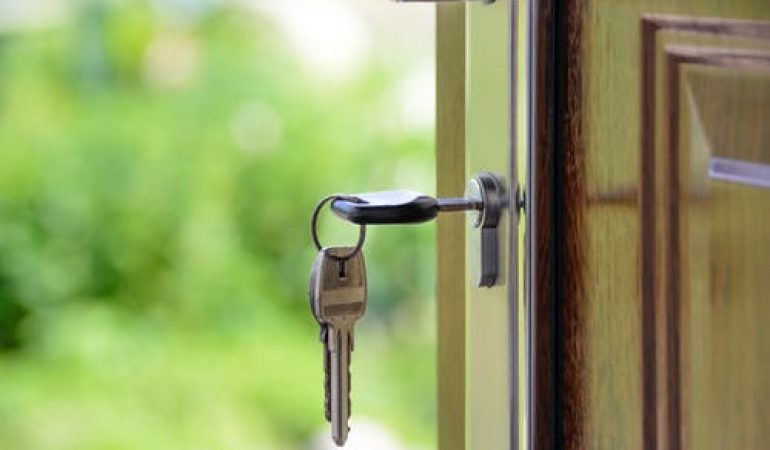Cleaning Up Your Home After a Flood
Flooding affects millions of American homes each year. When it’s brought on by natural disasters, unexpected accidents, or poor home maintenance, the flood is without a doubt a homeowner nightmare. To help you get your house and life back together after flooding, here are a couple of essential tips.
- Instantly call your insurance agent. Do not throw out any damaged property until your insurance agent has inspected it.
- Create a list of the lost or damaged items and take photos. Document the flood insurance claim which contains lists of damaged items, photos, your policy number, name of the insurance company, and contact information.
- Avoid direct contact with floodwater, which may most likely be contaminated. If sewage is backing up in the shower or under the toilet, your primary sewer line will likely be obstructed or broken. In that situation, stop using toilets or sinks and call your utility company immediately.
- Check for damage to your house, both outdoors and inside. Be conscious of hazards, such as fallen power lines. Standing water may also be electrically charged from damaged power lines.
- If you suspect damage to utilities, shut them off instantly if safe. Here is how to shut off utilities safely:
- Water — To shut off water to your home, first locate the master valve. You can find it in the cellar, garage, near the water heater (in case you do not have a basement), or even outside your home. Looking for water damage clean up? Find out more here.
- Electricity — Find the primary circuit box that’s mounted on a wall, typically from the cellar. Ensure it’s safe to enter the basement first and bring a flashlight. If you see frayed electric wiring or sparks, call the utility company instantly.
- Gas — First, locate the shutoff valve on the riser pipe from the ground to your own meter. If your meters are newer, the valve could be about the service line going out of your meter to the home. Use your hands or if necessary, a flexible pipe or crescent-type wrench to close the valve.
- Once you’ve closed off utilities, then telephone local authorities and await their approval to flip them back on.
- To help save your flood-damaged house and materials, standing water needs to be eliminated and the area ought to be dried immediately.
- Based on the type of floodwater, the type of contents, and also how long they’ve been soaked, flood-soaked, porous contents such as walls, carpet, or furniture may be either restored or discarded.
- Salvageable contents have to be immediately disinfected and dried to prevent mold growth. Remember, mold can grow within the first 24-48 hours following a flood.
To get water damage restoration, your best plan is to employ a professional restoration company that could quickly and efficiently perform the job. Our PuroClean Huntington Park professionals are highly trained in property damage restoration and react immediately to minimize the impact of the loss. For emergency flood damage recovery, call your regional PuroClean office.





